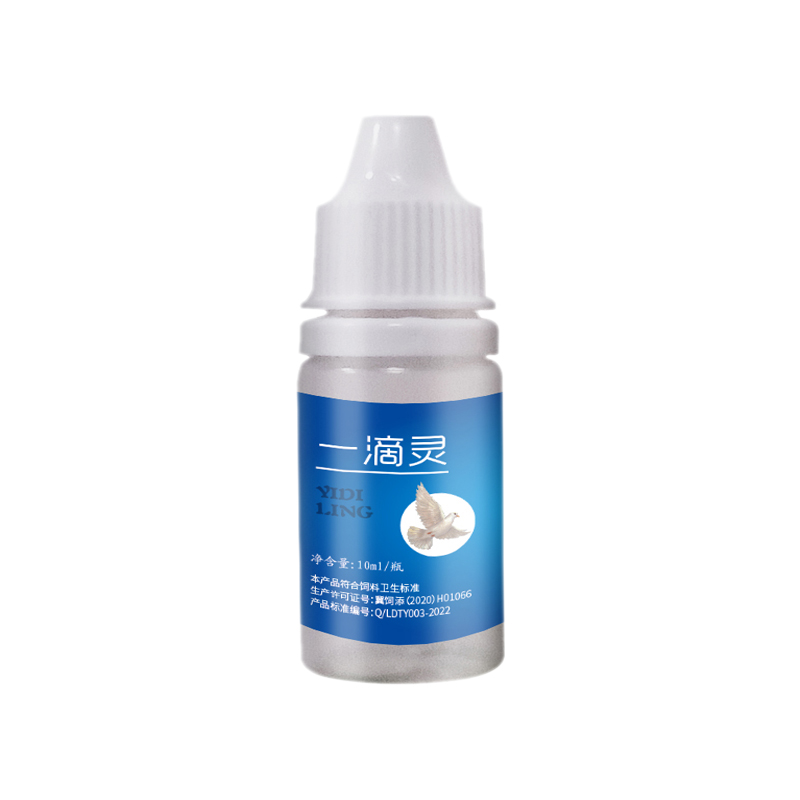
செப் . 28, 2024 08:03 Back to list
Understanding Necrotic Enteritis in Poultry Across China and Its Impact on Health
Necrotic Enteritis in Poultry Understanding the Disease and Its Implications for the Chinese Poultry Industry
Necrotic enteritis (NE) is a significant disease affecting poultry, particularly broiler chickens, and has been a growing concern within the Chinese poultry industry. Characterized by the inflammation and necrosis of the intestinal mucosa, this affliction poses serious health risks to flocks and can lead to substantial economic losses. Understanding necrotic enteritis, its causes, and management strategies is crucial for poultry farmers, veterinarians, and stakeholders in China.
Overview of Necrotic Enteritis
Necrotic enteritis is primarily caused by the overgrowth of Clostridium perfringens, a bacterium that is normally present in the intestinal tract of healthy birds. Under certain conditions, particularly when there is an imbalance in gut microbiota or inadequate intestinal health, C. perfringens can proliferate excessively and produce toxins that damage the intestinal lining. This disease frequently occurs in broiler chickens between three and six weeks of age, often precipitated by factors such as nutritional deficiencies, coccidial infections, and environmental stressors.
Signs and Symptoms
Poultry affected by necrotic enteritis will often exhibit a range of clinical signs. These may include sudden drops in feed intake, lethargy, poor weight gain, and an alarming change in fecal consistency, which may present as watery or blood-stained droppings. As the disease progresses, birds may show signs of severe distress, leading to increased mortality rates within the flock. Affected chickens are also likely to demonstrate foul-smelling necrotic lesions in the intestines upon examination, which reflects the extent of the infection.
Factors Contributing to Necrotic Enteritis in China
Several factors contribute to the prevalence of necrotic enteritis in the Chinese poultry industry. The expansion of intensive poultry farming practices, coupled with high stocking densities, creates a favorable environment for the spread of pathogens. Furthermore, traditional feed formulations often lack sufficient nutrients that promote gut health, which can exacerbate the risk of infection. Coccidiosis, a common parasitic disease in poultry, is frequently cited as a predisposing factor, as it damages the intestinal wall and allows C. perfringens to invade more readily.
Economic Implications
The impact of necrotic enteritis on the poultry industry is significant. Estimates suggest that NE can lead to losses exceeding billions of dollars annually due to increased veterinary costs, medication expenses, and reduced productivity. For Chinese farmers, where poultry production is a vital component of the agricultural sector, these losses can be devastating, affecting not only individual farm operations but also the broader economic landscape.
china necrotic enteritis in poultry

Management and Prevention Strategies
Preventing necrotic enteritis involves a multifaceted approach aimed at maintaining gut health and minimizing risk factors. Key strategies include
1. Optimizing Nutrition Implementing well-balanced diets that include adequate levels of protein, vitamins, and minerals can bolster the overall health of the flock. The inclusion of probiotics and prebiotics may also promote a healthy gut microbiota.
2. Effective Coccidiosis Control Managing coccidial infections through vaccination or medicated feeds can significantly reduce the risk of necrotic enteritis. This control is essential for minimizing intestinal damage that can predispose birds to C. perfringens infection.
3. Biosecurity Measures Enhancing biosecurity practices on farms can prevent the introduction and spread of pathogens. This includes maintaining cleanliness, controlling visitor access, and monitoring flock health closely.
4. Antimicrobial Stewardship The judicious use of antibiotics is critical. Over-reliance on antibiotics can lead to resistance, complicating treatment efforts. Veterinary consultation is essential for the appropriate use of medication in controlling infections.
5. Research and Education Continued research into the pathogenesis of necrotic enteritis and ongoing education for farmers about best practices can help mitigate the disease's impact.
Conclusion
Necrotic enteritis presents a formidable challenge to the Chinese poultry industry, with significant implications for animal welfare and economic viability. By understanding the factors contributing to this disease and implementing effective management and prevention strategies, stakeholders can work towards minimizing its prevalence and ensuring the health and productivity of poultry flocks. As the industry evolves, ongoing research and education will play critical roles in combating necrotic enteritis and safeguarding the future of poultry farming in China.
-
Premium Young Chicken - Leading Young Chicken Manufacturer & Supplier for Fresh Poultry Needs
NewsJul.08,2025
-
Enterococcus Faecalis Mold Remover – Powerful & Safe Solution from Trusted Manufacturer
NewsJul.08,2025
-
Premium Diarrhea Treatment Solutions Leading Diarrhea Factories & Suppliers
NewsJul.08,2025
-
High-Quality Blisters Manufacturer & Supplier Reliable Blisters Factory
NewsJul.07,2025
-
High-Quality Skeleton Development Services Leading Factory, Manufacturer & Supplier
NewsJul.07,2025
-
High-Quality Cockscomb Turns White Reliable Manufacturer & Supplier Factory
NewsJul.07,2025




